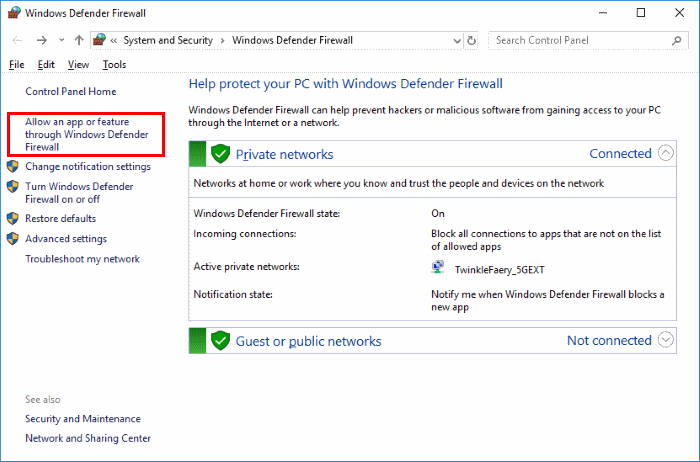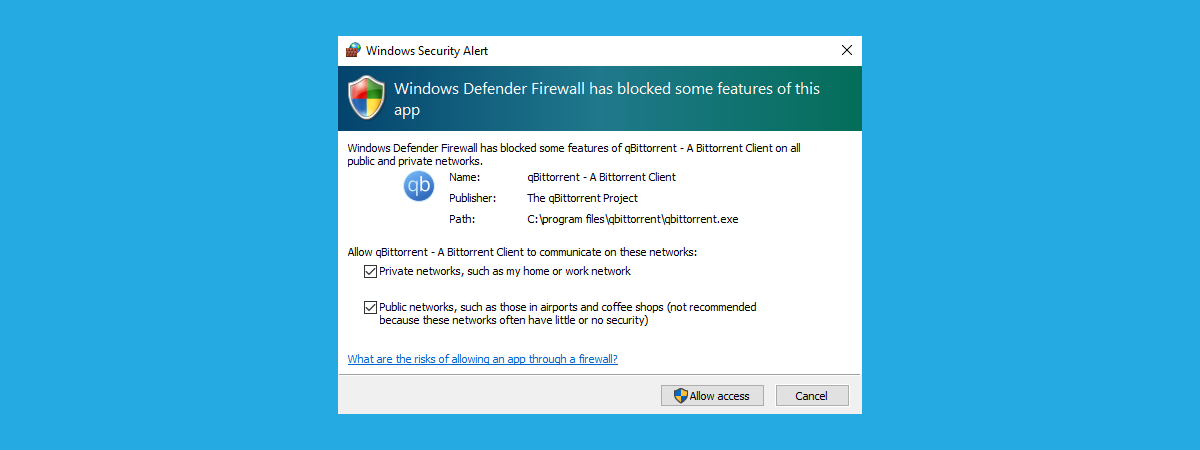
On a computer with the policy applied you will now see that the same settings are greyed out and the user is getting a proxy server isn’t responding error. Prevent Changing Proxy Settings: Set to Enabled.Disable Changing Automatic Configuration Settings: Set to Enabled.So still within Group Policy let’s navigate to User Configuration -> Policies -> Administrative Templates -> Windows Components -> Internet Explorer set the following.

The only problem is that anyone can come in and simply overwrite the settings. Once you add those registry keys you can see that within Internet Explorer -> Internet Options -> Connections -> LAN Settings -> the proxy settings we applied are now set. With those 4 registry settings implemented it should look like this once it has all been added. The last registry item will disable/uncheck the “Automatically Detect Settings” part. Typically, you should allow your own domain name so the users can gain access to internal links and any sub-domains if applicable. The next reg key will allow you to bypass the proxy server and let you view sites. The ProxyServer will point to the localhost, 127.0.0.1. Repeat the same steps to create an additional registry item.

How To Restrict Internet Access Using Group Policy (GPO) It is a user policy and it works with other browsers. I should mention that the GPO works for Server 2016 as well as Server 2012R2.

This was recently the case for me, I had to block internet access to a Windows 10 user so I decided what a perfect time to share with you the steps that it takes. Since one won’t exist, it will show a proxy error, thus effectively blocking access to websites you don’t approve of.

The way to block it is essentially done by using a proxy server that points to the localhost. This can be especially useful for KIOSKS, lab computers, or even certain employees that spend way too much time on Youtube or other social media. In this article I’m going to go over the steps on How To Restrict Internet Access Using Group Policy (GPO).


 0 kommentar(er)
0 kommentar(er)
